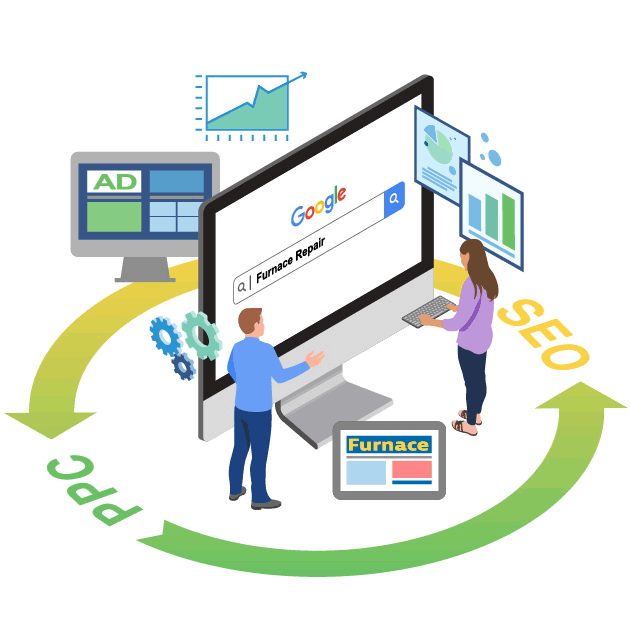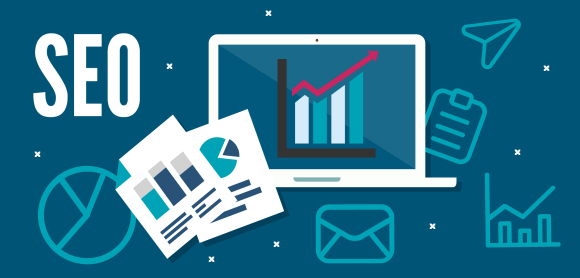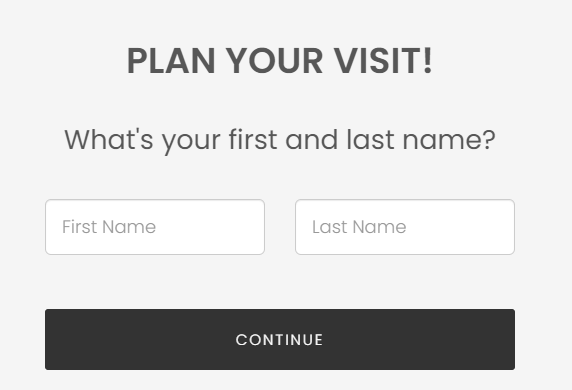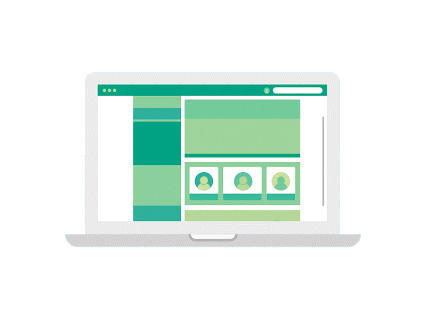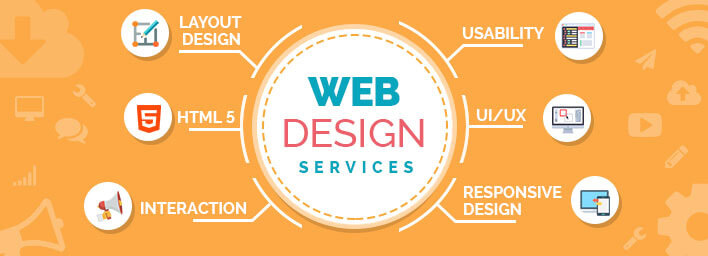The debate continues: Which is better, SEO or PPC?
More users trust SEO search listings over PPC listings.
Studies have shown that more users trust organic search listings over paid advertisements. Research has shown that around 70% of internet users click on organic search results (SEO) as opposed to only 30% clicking on paid search results (PPC). Most internet users distrust paid advertisements, and most of these consumers are well aware that PPC is an advertising tool. This results in a lot of users bypassing paid advertisements and clicking organic, natural results instead. And to make matters worse, some users that have clicked paid ads don’t end up finding the product or service they are looking for. Thus, businesses that use SEO are better able to provide consumers with more interesting and valuable content.
SEO is very cost-effective and gives greater value for money.
Both SEO and PPC naturally have costs for initial set-up and hiring PPC specialists or an SEO company to come up with a digital campaign exclusively for your business. But if you use an SEO campaign, there is no need to pay for every individual click or visitor, but you will only pay for the services that your SEO team or vendor renders. With PPC, constant investment is required. If you stop paying, your ads will stop, and your lead generation will be discontinued.
SEO can build and keep an advantage over your competitors.
It isn’t easy to build an advantage and keep it with PPC. If you are already making profits based on clicks you pay a certain amount for, then it will not last if a competitor bids a higher price for the same product. If your competitor has some venture funding and decides to use it on PPC, it can drive the average cost of a click higher, and your profits will be driven downward. An investment in SEO is much more challenging. You strive to make your search engine results higher for relevant keywords. You come up with great content that is of great value to consumers. You generate inbound links. And your links show up on high-quality websites in your industry. Soon, your rankings will start rising, and with this, traffic and leads generated through search will increase. It takes time to accomplish this. You may have a higher initial cost, but the clicks are free. This investment, however, gives you a more sustainable advantage over PPC. Your competitor will find it more difficult to take this advantage away.
SEO gives better ROI than PPC advertising.
Based on a four-year study of profit generation for both SEO and PPC, it has been shown that SEO that creates organic traffic generates $2.74 in profit for every dollar spent in that year. In 3 years, SEO’s average profit is $4.58 for every dollar spent in one year. Comparing this with the profits garnered from PPC advertising, it was shown that for every dollar spent on that year, the average profit is -$0.95. While over three years from the dollar spent in one year, the average profit is -$0.85. This means that for every dollar spent on both SEO and PPC, SEO will yield an additional profit of $2.75 but PPC losses -$0.95. Thus, SEO gives better ROI than PPC advertising.
SEO has more effective promotion results.
Applying SEO to your website may take around three to six months before your website will appear on search engine results. This is because indexing and ranking a website takes time for Google to do. But over a long time, SEO leads to consistent traffic, whereas PPC only gives an initial boost to traffic. PPC can be beneficial if you have a brand new site that has not yet appeared in organic results. However, with a PPC campaign, traffic immediately stops when the budget is withdrawn. Thus SEO continues to shine. It is a more effective way of promoting your website in the long run.
Ranking #1 in search results will not happen overnight with SEO. But SEO has proven long-term benefits. The reasons given above why SEO is better than PPC should prod you to invest more of your time and resources focusing on SEO rather than on PPC.


